The Montreal Canadiens are entering their fourth season since the start of the retool, which is just another word for rebuild, and the fanbase is re-energized. The team assembled looks far better than any assembled in recent history and there is hope for a long and exciting season.
Canadiens general manager Marc Bergevin has constructed a competitive team built on depth and youth, however, despite his contract coming to an end after the 2021-22 season, he hasn’t rushed the retooling process. Some may believe he has taken the ultimate steps to build a winner now, to go “all-in,” But Bergevin didn’t go “all in” to do so. Not yet.
The Beginning
The Canadiens began a serious retool after the disastrous 2017-18 season when they fell from a 103-point season to win the Atlantic Division in 2016-17 to a woeful 71 points and a 28th-overall finish in the NHL. Management did their best not to crush the spirit of their fanbase by admitting the team would suffer through several lean seasons, but fans knew they were in for some dark times.
However, Bergevin wasn’t ready for the retool to begin just yet. In the 2017 offseason, he had traded top prospect Mikhail Sergachev to the Tampa Bay Lightning for local boy Jonathan Drouin. Drouin was brought in to add depth and talent down the middle and play centre for Max Pacioretty and Alexander Radulov, if he re-signed with the club, which was not the case.
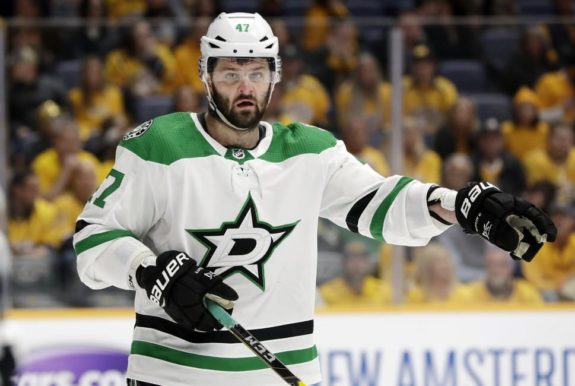
Losing Radulov and defensive mainstay Andrei Markov in the summer of 2017 left too big a hole for the team to remain capable of competing for a playoff position. Bergevin spent most of the first season of the retool making minor moves to spark the team’s competitive spirit. He could have done more to help his team try to limp into the playoffs, however, in retrospect, his ultimate goal was to retain his draft picks.
The Next Step
Entering the summer of 2018 with the retool in mind, Bergevin made a surprising move: he traded former third-overall pick Alex Galchenyuk to the Arizona Coyotes for Max Domi. Galchenyuk had just finished a 51-point season while Domi had only scored nine goals in each of the prior two seasons.
Yet, the biggest trade that offseason, and maybe of Bergevin’s tenure, was trading captain Pacioretty to the Vegas Golden Knights for Tomas Tatar, a 2019 second-round pick, and prospect Nick Suzuki.
The two trades proved to be smart moves. Domi played centre, scored 28 goals, and led the team with 72 points in the 2018-19 season. Tatar scored 25 goals and was second on the team in points with 58. Both players sparked a surprising season and the Canadiens finished with 96 points, just two shy of a playoff berth.
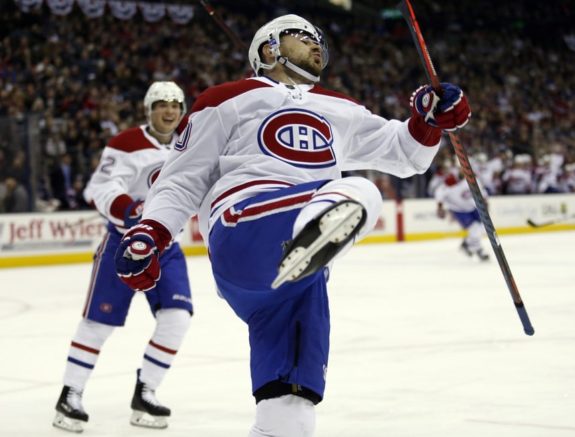
The 2019-20 season, the third of the retool, was a disappointment after the previous season. They finished at .500, with 71 points in 71 games. The Habs were en route to missing the playoffs and adding a top-10 pick in the 2020 Draft. Then, COVID-19 halted the NHL and shut down almost every non-essential service in the world.
During Bergevin’s retool, he made sure to stockpile as many picks and prospects as he could, adding 28 picks in three years. His roster moves were made to keep the team competitive, which is debatable, as he avoided trading away any top-60 picks.
The Pandemic Window
When the NHL returned, the Canadiens were included in the play-in round in which 16 teams played a shortened series to earn their way into the playoffs. As the lowest seed, the Habs met the Pittsburgh Penguins, the top-seeded play-in team from the Eastern Conference.
The play of the young centers and of the team in general in eliminating Pittsburgh surprised the hockey world. The Canadiens officially entered the playoffs to face off against the Philadelphia Flyers. That series gave Habs fans hope as they watched their hockey heroes outplay Philadelphia for long stretches of the six-game series. Despite the heroic play of Carey Price, the Habs’ lack of depth allowed the Flyers to play the trap and use timely scoring to eliminate Montreal.
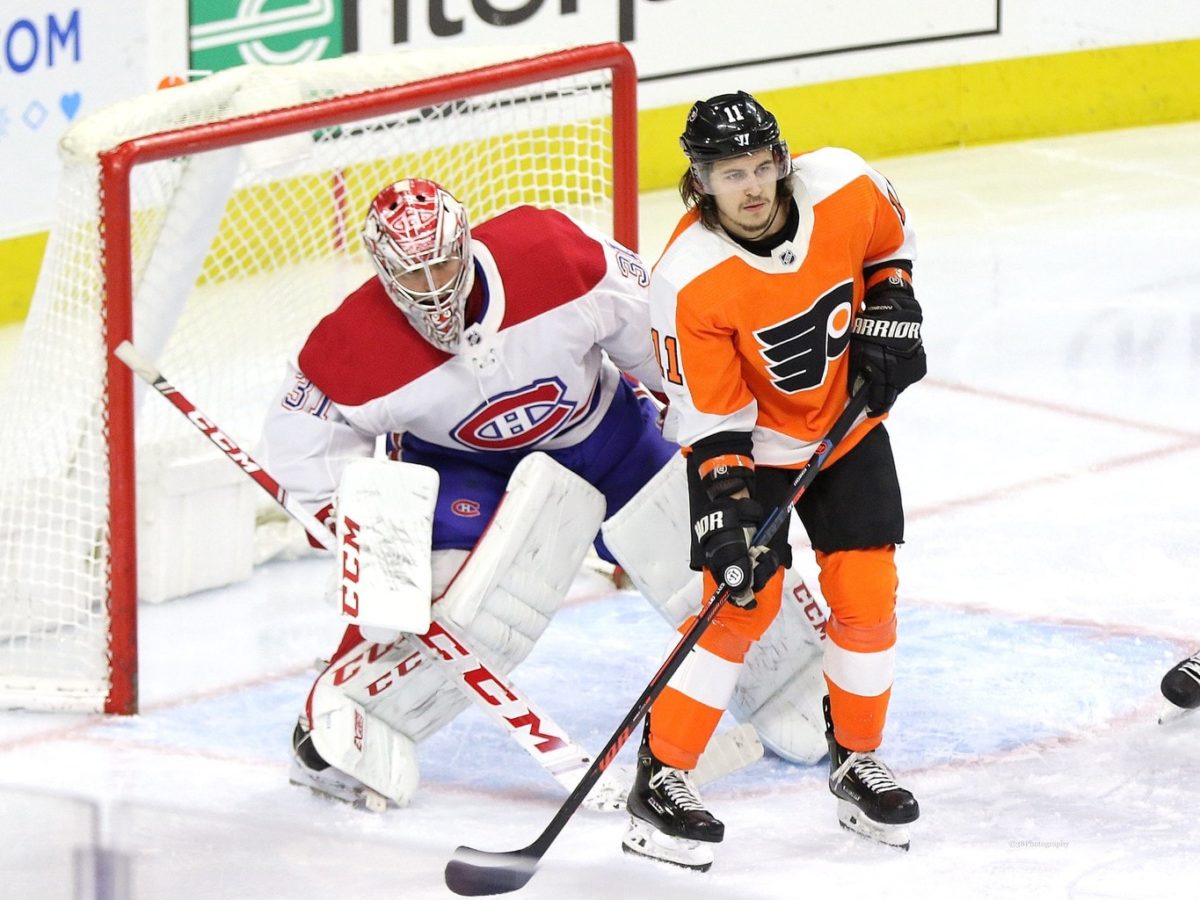
Their performance in the bubble was the turning point in the retool.Thanks to this step forward, Bergevin convinced owner Geoff Molson that the 2020 pandemic offseason was the time to spend to the cap:
“Spending to the cap for the sake of it doesn’t do any good, do it when you’re ready to do some damage as a team. It has nothing to do with the fact we’re not making any revenue. It never has been about saving money. It’s about being smart. When you have the team you believe can do well, the chances of your spending to the cap are a lot higher. We were lucky we had that space to sign players.”
Geoff Molson, (Pandemic hits close to home – and the office – for Canadiens owner Geoff Molson, Montreal Gazette, 17 Nov 2020)
During a pandemic, with no fans buying tickets, the hockey economy in recession, and no guarantee as to the future financial health of the league, this must have been a difficult task.
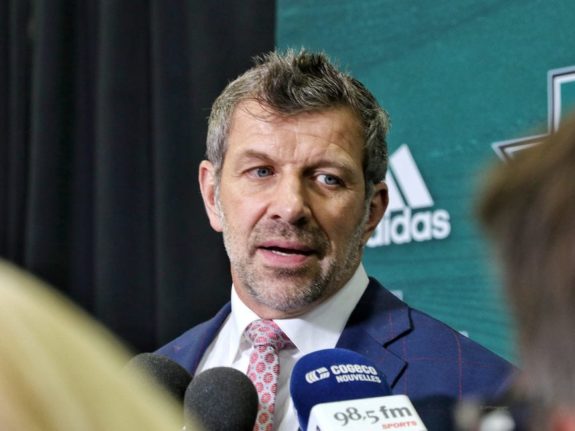
During this time, Bergevin also got lucky. Suzuki looks as though he could become the centre Montreal has been waiting for. Bergevin was able to weaponize his cap space after the league announced a flat cap of $81.5 million for two seasons. He did so by using his space to take on Jake Allen’s hefty contract and by trading for Joel Edmundson’s rights and offering him a fair market deal, which may not have been otherwise available. He then waiting for the free agency market to come to a halt and sign Tyler Toffoli to a team-friendly contract.
The flat cap caused headaches for many teams who couldn’t offload salaries or be more active in the free-agency market. Like the New York Rangers’ rebuild, which was sped up with two consecutive draft lotteries, Bergevin’s luck, along with the development of the organization’s prospects, sped up the Habs’ retool.
Going All In?
During the bubble playoffs, two names stood out: Suzuki and Jesperi Kotkaniemi. Both players proved they were ready to take the next step and provide the Canadiens with something they hadn’t had in decades: two young, top-six centers. With Phillip Danault providing the defensive skills to shelter them if need be as the team’s top centre, Bergevin could take the next step in his retool.
Bergevin hasn’t gone “all-in” on building a Stanley Cup contender. Teams that are considered “all-in” traditionally use their futures to add players that help them win right now. The Canadiens instead took advantage of the situation created by the pandemic and had the cap space to add veterans to support their developing players as mentioned above.
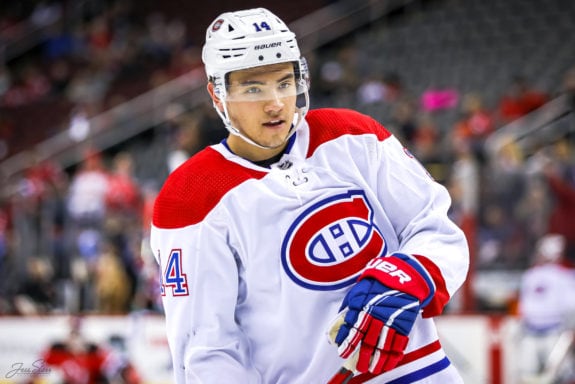
The veterans Bergevin added were done so without trading away any top prospects or any top-60 draft picks. Instead, he used his ample cap space to add to the roster. The goal is still to let the kids play. Suzuki and Kotkaniemi will take on larger roles, and now Alexander Romanov will also play a significant role. It will be important to allow these players to grow and produce while their contracts remain affordable. These young stars in the making will need to earn their mistakes and then learn from them.
By earning their mistakes, I mean they will need to battle for their roles and earn the right to make those mistakes. The key in this development is the learning aspect; all three youngsters will need to work very hard and demonstrate a determination to learn and not repeat the same errors a second time. By doing that, they will retain the trust of the coaching staff.
Bergevin still holds all of his top prospects and high-value picks. Once he begins to spend that capital to bring in upgrades in areas that he identifies as a need, then we can honestly say the Habs are all-in. But for now, all fans are witnessing is the first big step as Bergevin just opened the window into a new era, the era where the Canadiens strive to become contenders.